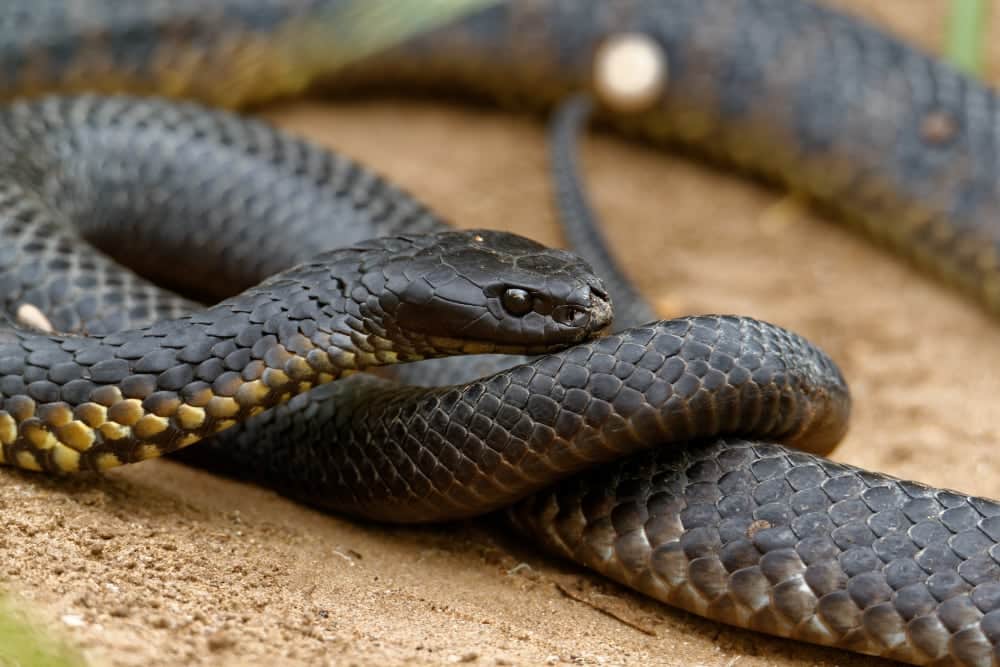A new paper out of Australia shows the dire consequences of habitat fragmentation and urbanization, as snakes that are cut off in their ecosystems ten
A new paper out of Australia shows the dire consequences of habitat fragmentation and urbanization, as snakes that are cut off in their ecosystems tend to inbreed and lose the capability to adapt.
The paper, written by Curtin University researchers and led by Ph.D candidate Damian Lettoof and project supervisor Research Associate Dr Brenton von Takach, studied Western tiger snake populations and found that those populations that were more isolated had less genetic diversity.
They studied six tiger snake populations in urban centers of the Swan Coastal Plain and one off shore island. The plain is in Western Australia and is part of the country’s geological and biological zone, of Western Australia’s Interim Biogeographic Regionalisation for Australia (IBRA) regions.
“Tiger snake populations north of the Perth rivers at Herdsman Lake, Lake Joondalup and Yanchep National Park were found to lack genetic diversity while wetlands south of the Swan/Canning River system were home to the most genetically diverse populations of snakes, meaning they were less prone to inbreeding,” Lettoof said in a news release.
“If tiger snake populations isolated by urbanisation are suffering from lower genetic diversity, they can lose their ability to adapt in order to survive ever-changing environments due to development, pollution and climate change.”
The researchers noted that tiger snake populations north of the rivers of Perth had less genetic diversity because of greater isolation over the years than species in the broader population. This is due to the snakes’ inability to cross habitat that is not suitable to them. These include large rivers, the urban landscape that has encroached their ecosystems and arid areas.
Lettoof said the tiger snake is at the top of its food chain and their habitat requirements are very specific.When the tiger snake cannot adapt to urbanization, other species such as frogs, lizards and fish will also suffer population declines and perhaps extinctions.
“Our research suggests larger wetlands being encroached upon by urbanisation such as those on the Swan coastal plain need to be managed as ‘islands’ of urban biodiversity in order to protect the animal communities inhabiting them.”
Tiger Snake Information
The tiger snake is considered one of the most venomous snakes in Australia and is responsible for many snakebite deaths. There are six subspecies: the common tiger snake, the Western tiger snake, the Chappell island tiger snake, the King Island tiger snake, the Tasmanian tiger snake and the peninsula tiger snake.
The complete paper, “Bioindicator snake shows genomic signatures of natural and anthropogenic barriers to gene flow” can be read on the PLOS One website.


